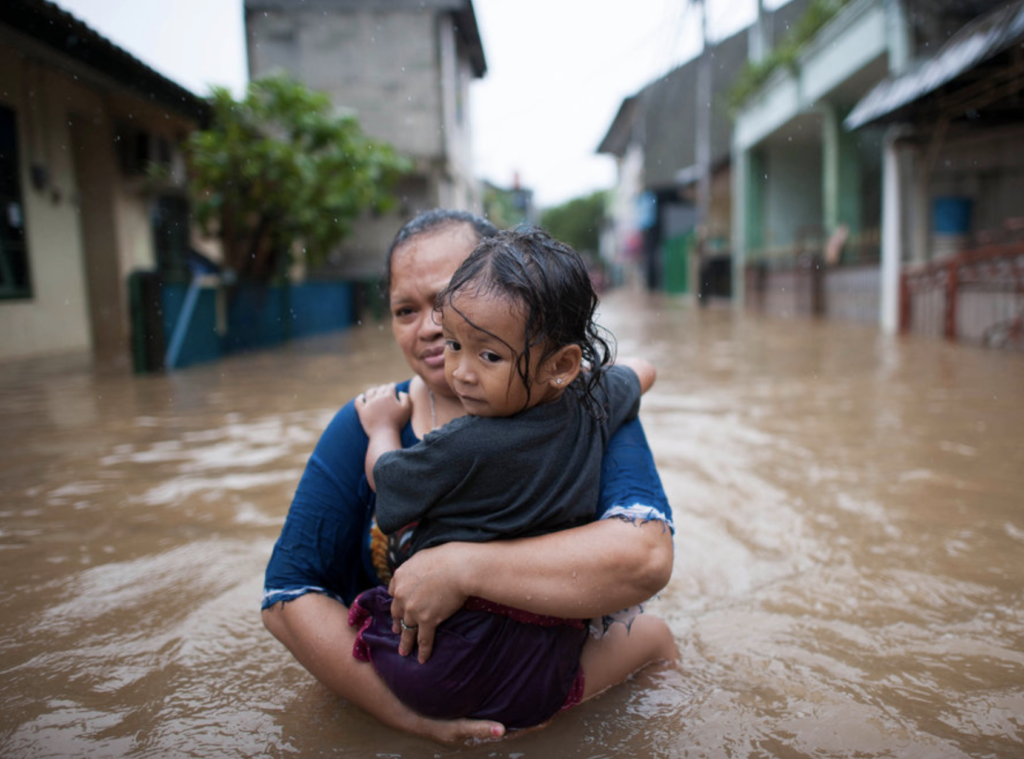Which place in the world is climate change affecting most?
There have been quite a few questions asking which countries and which places in the world are most affected by climate change, and about which countries are getting hotter, quicker.
As you know, the effects of climate change are different everywhere. Overall, we are seeing the planet heating, but this has different impacts in different places.
Did you know that climate change is also affecting where rain falls? How windy it is? When and where cyclones occur? There is nowhere on Earth that climate change isn’t having an impact, but the ways that climate change affects different countries depends on lots of different factors, including their geographical location, their exposure to different types of change, the sensitivity of the environment to change, and the capacity of their human population to adapt.
Understanding which is the most affected country depends on the risk criteria you are looking at.
If you wanted to know where the highest number of people are affected by climate change right now, you might think of countries affected by more intense extreme weather events, like Pakistan, Haiti, and the Philippines.
Also greatly impacted are countries with large cities in south-east Asia like Indonesia, and Bangladesh, which are losing coastal land with sea level rise, or countries in Africa affected by drought, like Kenya. If you wanted to know which countries are being faced with becoming unliveable or being lost altogether, you might think of countries in the Middle East reaching 50°C more often, or low-lying islands like Tuvalu, the Torres Strait Islands, and the Maldives.

In Bangladesh, salt water flooding over land has made farming impossible in many areas and finding fresh drinking water challenging.
In other parts of the world, the effects of climate change will be most felt by millions of people in terms of access to water. Many countries rely on water from glacier and snow melt both for drinking water and for agriculture. Countries like the Andean nations especially Peru, Chile, Bolivia, and countries in Southeast Asia that rely on glacier meltwater from the Himalayas could be strongly affected, as glacier ice is now melting faster than ever and less snow is tending to fall in some places – meaning there will be less water available in the long term.
Of course, parts of the planet that are already hot will become much more difficult to live in as it becomes hotter. Tropical areas around the Equator are most at risk here. Tropical areas could be pushed towards the limits of what humans can survive if temperatures rise more than 1.5°C above preindustrial levels. Humans can tolerate dry heat better than they can humid heat. Humans are unable to tolerate what is called a “wet bulb temperature” (that’s a measure of heat and humidity together) of over 35°C for very long. In these conditions, the human body is not able to cool itself down by sweating and such conditions can be fatal. Such conditions may have dire consequences for many animals as well. With temperatures increasing everywhere, this could have very serious consequences as about 40% of the world’s population currently lives in tropical areas. This effect of climate change alone could cause a huge refugee crisis with potentially millions of people displaced by climate change by 2050.
Just in terms of temperature rise, perhaps surprisingly, some of the coldest areas have warmed the most due to climate change. Though the global average temperature rise is currently at 1.1°C above preindustrial levels (and Australia’s average temperate is currently 1.44°C higher than when records began) the Arctic is heating up much more dramatically. Between 1971 and 2019, the Arctic’s average annual temperature rose by 3.1°C, meaning it’s heating almost three times faster than the rest of the planet – with drastic consequences on Arctic ecosystems and Indigenous peoples who call the Arctic home. The following video can help us to visualise which parts of the world have heated up most over the past 140 years, and therefore helps us understand which areas are currently most affected by climate change
While some countries might be worse off than others, and some countries might have more capacity to do something to limit the impacts, climate change is affecting ALL OF US and we all have a responsibility to make a positive difference.











